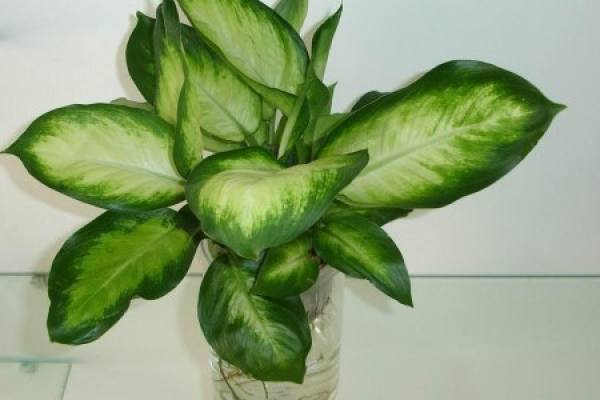1. Soil: Rohdea japonica doesn't have very high requirements for soil. Just pay attention to drainage, and don't use clay and alkaline soil. It can use rotten leaf soil mixed with sandy soil as matrix, and pad broken tiles on the bottom to increase its drainage capacity.
2. Light: Evergreen is suitable for growth in a half shade environment, and is afraid of strong direct light. If in summer, it needs to be shaded to avoid water loss caused by exposure. It can also be placed in the half shade to receive a certain amount of scattered light. But in order to promote flowering, also need appropriate light

3. Watering: Rohdea japonica has higher requirements for air humidity, while pot soil should not be too wet. Water less. Generally, when the surface soil is dry, water a little to keep it slightly moist. You can sprinkle water around, once a day in the morning and once a night in summer, to keep the environment moist.
4. Fertilization: Rohdea japonica needs sufficient fertilizer in its growth period. The fertilizer should be applied every 20 days. The fertilizer can be used in the mature liquid fertilizer, and the effect is better with the new high lipid film. Fertilization in early summer should be more frequent, once every 10 days. Before flowering, a little potassium dihydrogen phosphate can be added to promote flower bud differentiation.

1. Ramets: Rohdea japonica ramets are usually carried out in spring, which can be combined with basin changing. After taking out the plant, cut off the rhizome at the base, and apply the plant ash for disinfection. Wait for it to dry and then replant. Pour a little water
2. Cutting: cutting can be carried out in spring and summer. Cut a young stem about 12 cm as the spike, and keep the top leaves. Insert it into the sand bed, control the temperature between 25-30 ℃, take root for about a month.
3. Sowing: the sowing is generally carried out from March to April. Plant the seeds in loose, fertile soil, water and place in the shade. Keep the environment moist and germinate in 25 days.

1. Diseases: common diseases include leaf spot and anthrax. The diseased branches and leaves should be removed and destroyed in a centralized way. Then spray Bordeaux and put it in the ventilation area to recover.
2. Insect damage: the main insect damage is brown scale. If the quantity is not much, it can be scraped off with bamboo slices, and then killed with Omethoate.